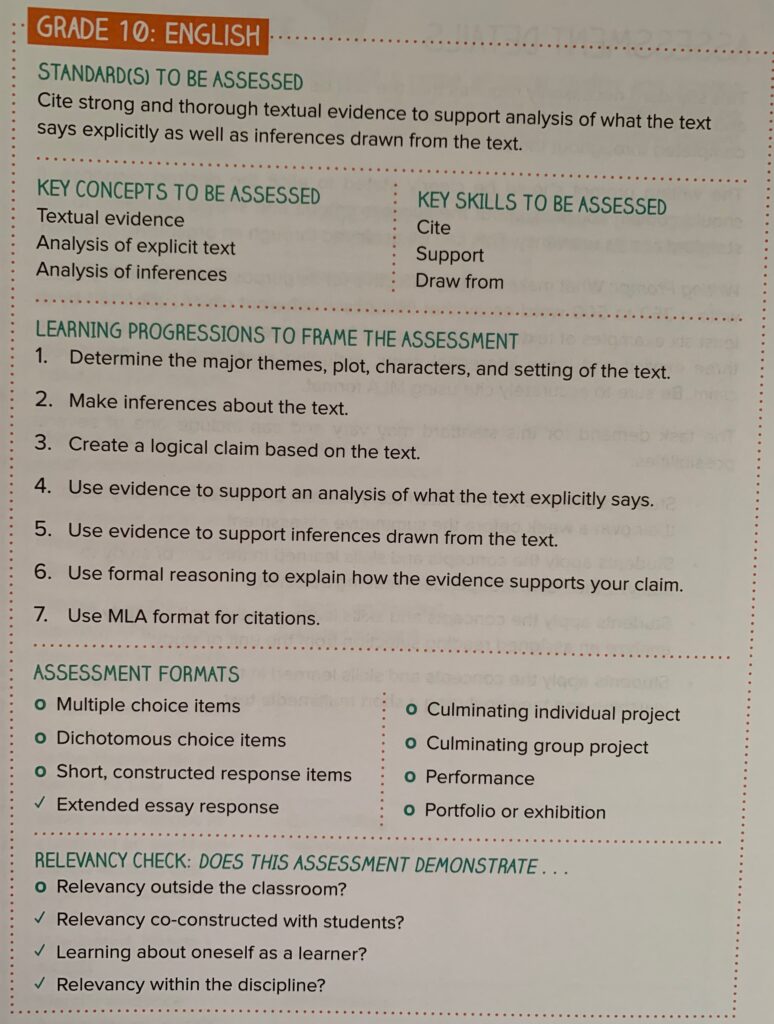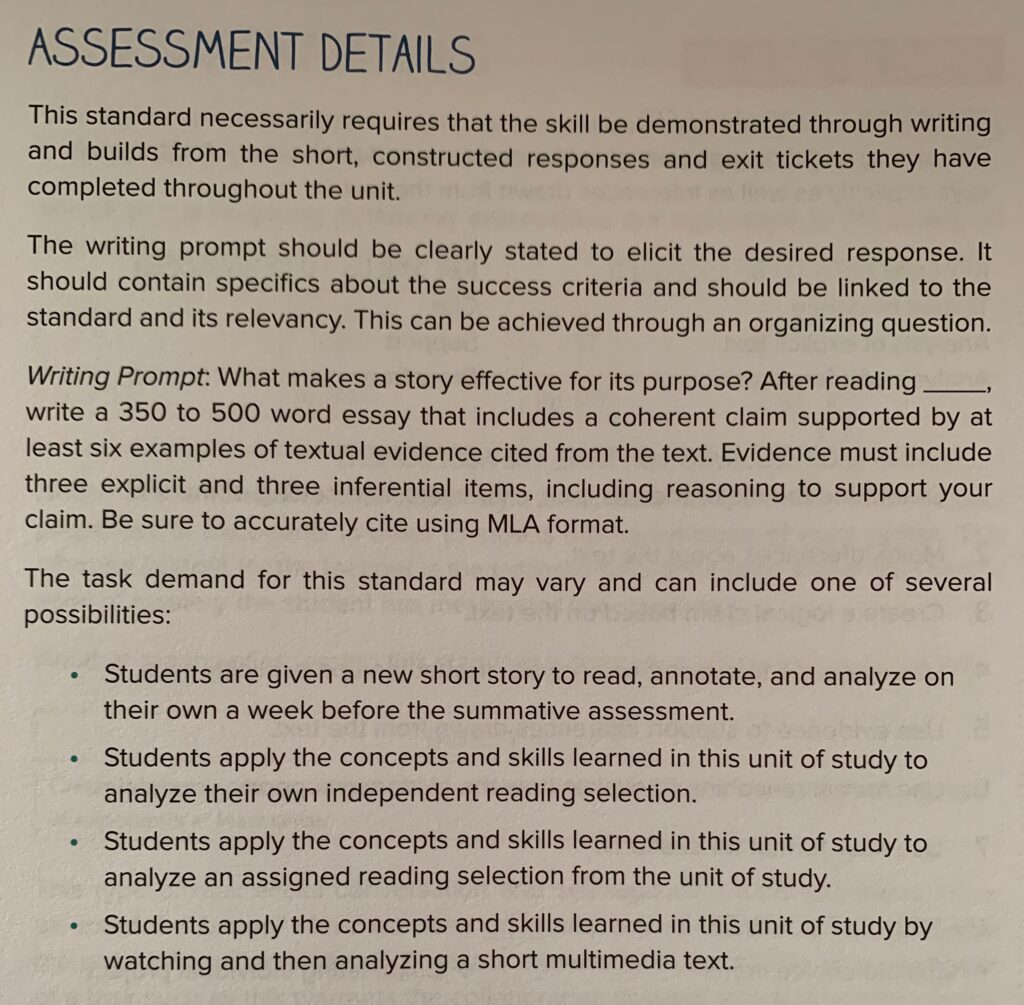Teacher Clarity
What is Teacher Clarity?
Teacher clarity is a measure of the clarity of communication between teachers and students in both directions. It can be described across four dimensions:
- Clarity of Organization: Lesson tasks, assignments, and activities are linked to the objectives and outcomes of learning
- Clarity of Explanation: Information is relevant, accurate, and comprehensible to students
- Clarity of Examples and Guided Practice: Lessons include information that allows students to gradually move toward independence, making progress with less support from the teacher
- Clarity of Assessment of Student Learning: The teacher regularly seeks out and acts upon the feedback he or she receives from students, especially through their verbal and written responses.
Using clarity as a benchmark, it can be said that excellent teachers:
- Have appropriately high expectations
- Share success criteria with their students
- Ensure alignment between their lessons, tasks and assignments
- Make lessons relevant, accurate, and comprehensible
- Give worked examples to illustrate the level of cognitive complexity desired from their students
- Provide feedback about where to move to next
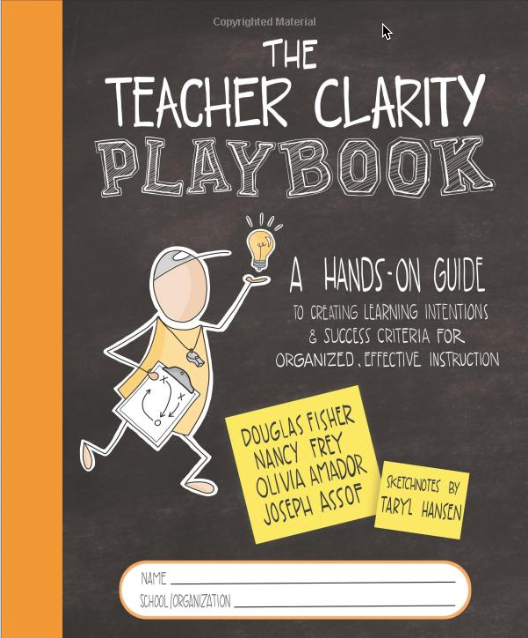
Source
Fisher, D., Frey, N., Amador, O., and Assof, J. (2019). The Teacher Clarity Playbook. Thousand Oaks: Corwin Publishing.
From Standards to Assessments: Elements of Teacher Clarity
1. Identifying Concepts and Skills Based on Standards
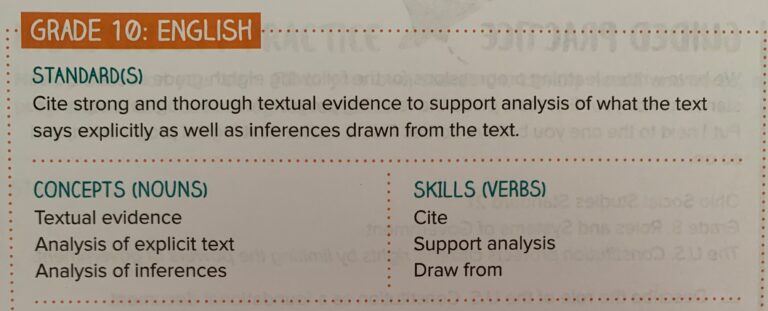
2. Identifying and Sequencing Learning Progressions
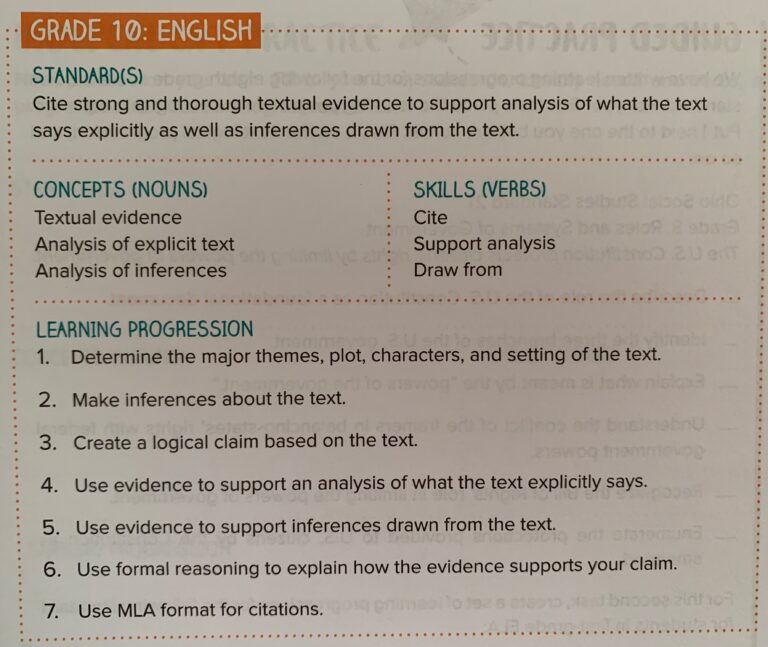
3. Stating Learning Intentions
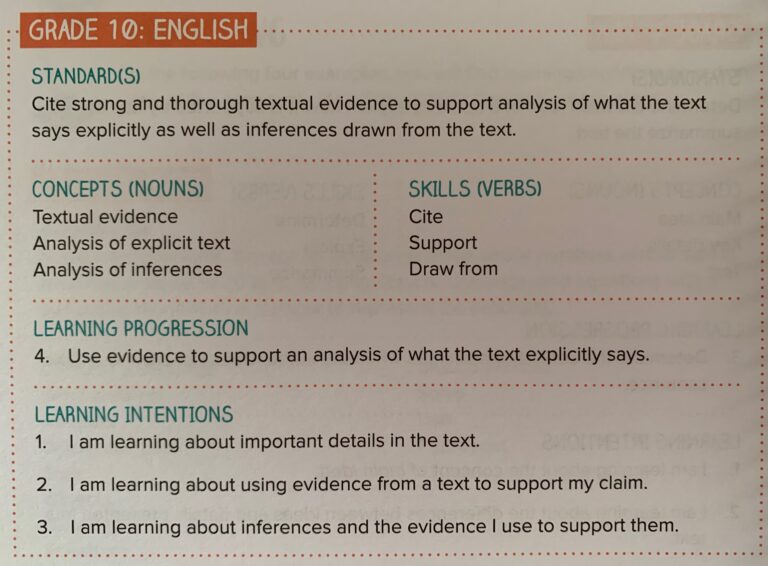
4. Crafting Success Criteria
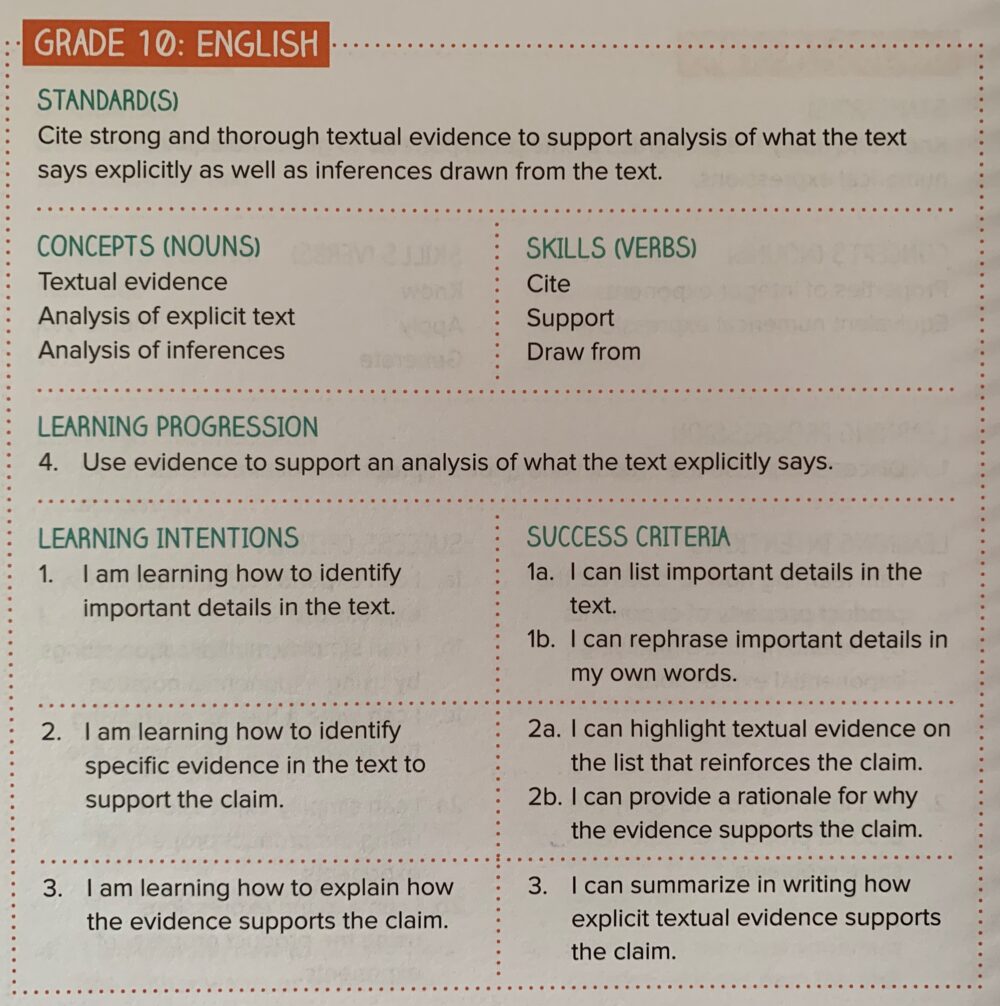
5. Communicating Relevance
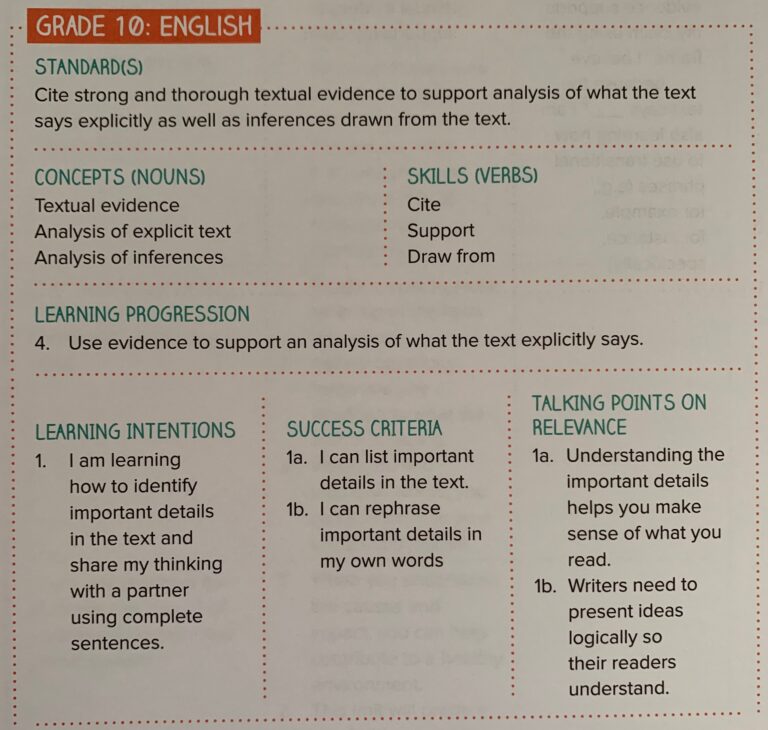
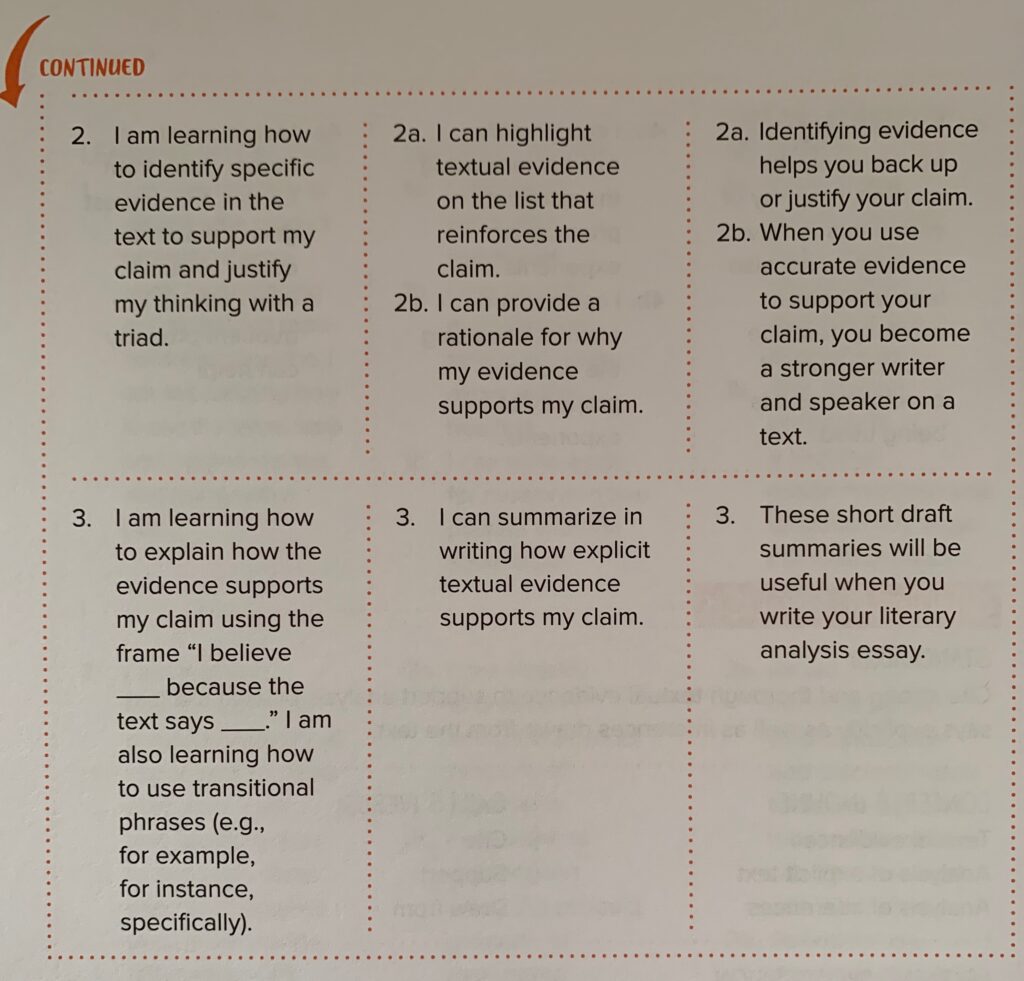
6. Designing Formative Assessments
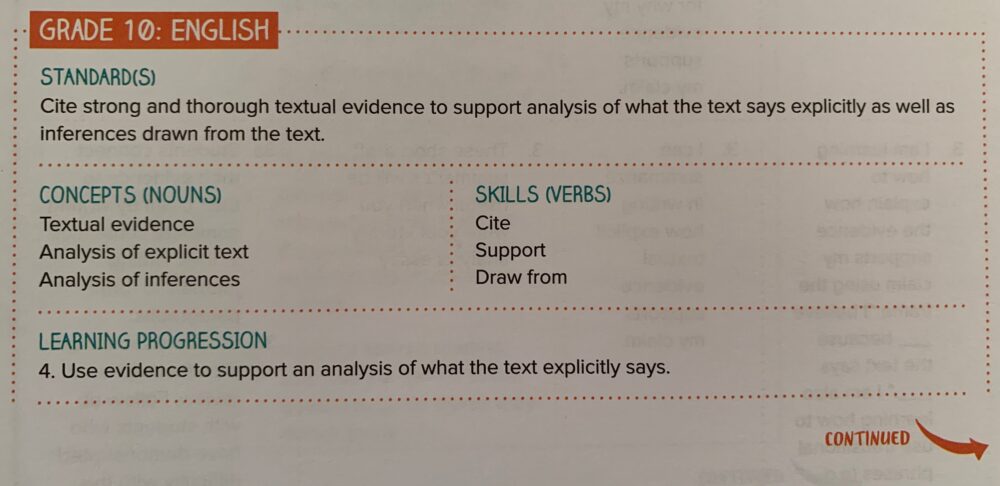
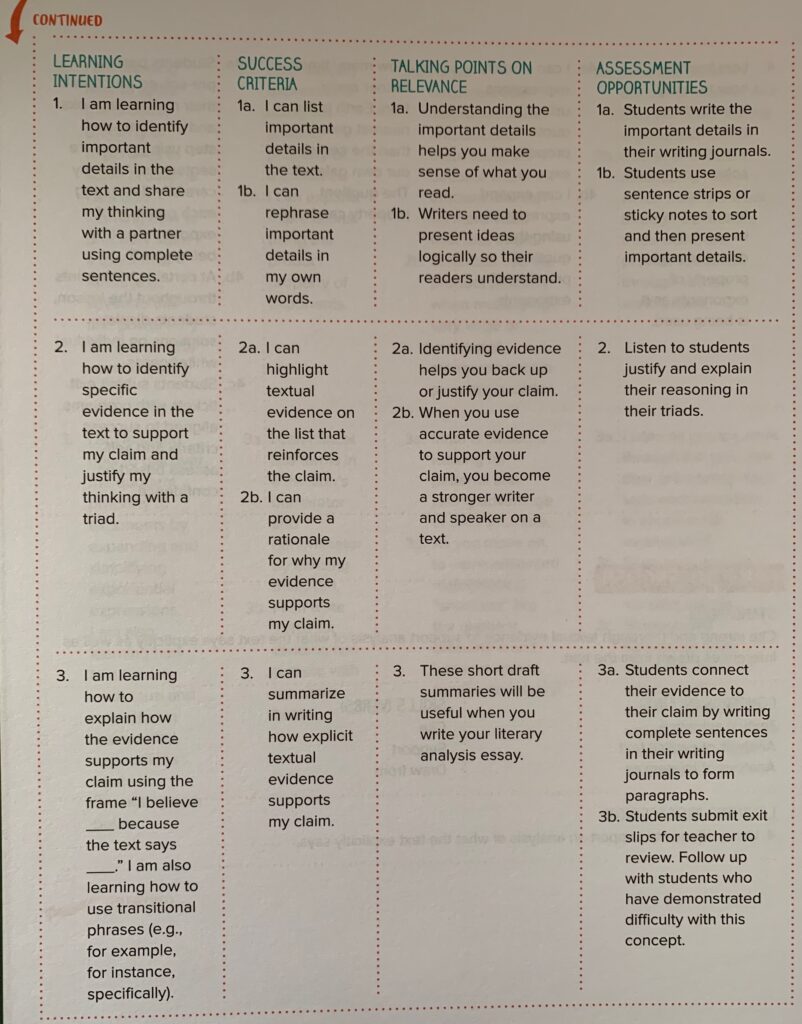
7. Creating Meaningful Learning Experiences
This refers not to a random collection of instructional strategies, but to an intentional set of moves that the teacher makes to scaffold student learning.
One framework for intentional instruction is the gradual release of responsibility model in which scaffolding is gradually reduced as instructional strategies progress from teacher modeling of critical thinking to guided instruction to collaborative learning and finally to independent learning.
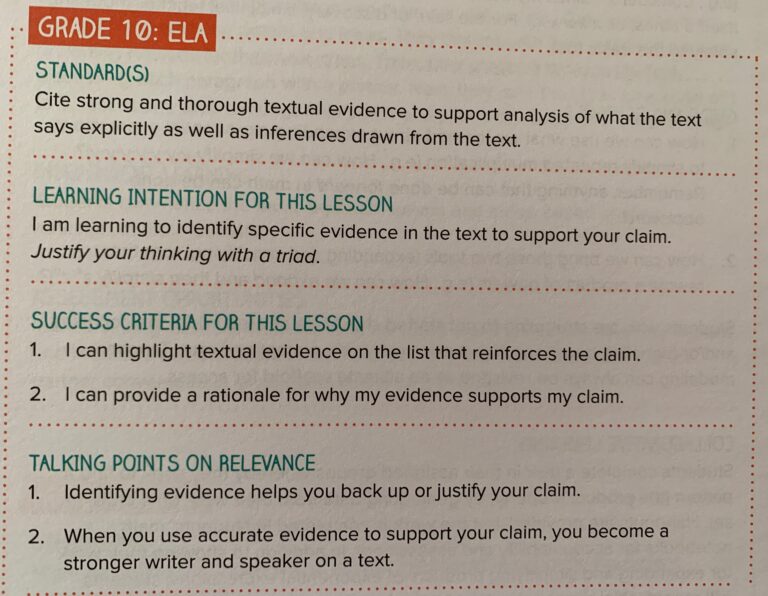
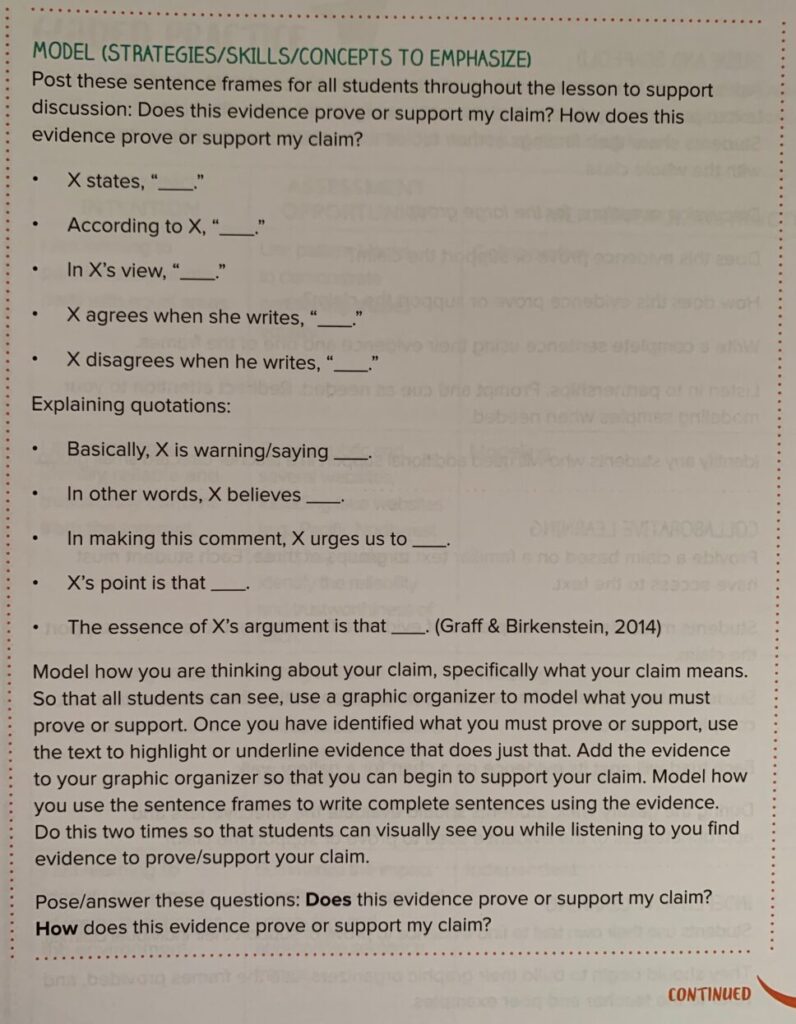
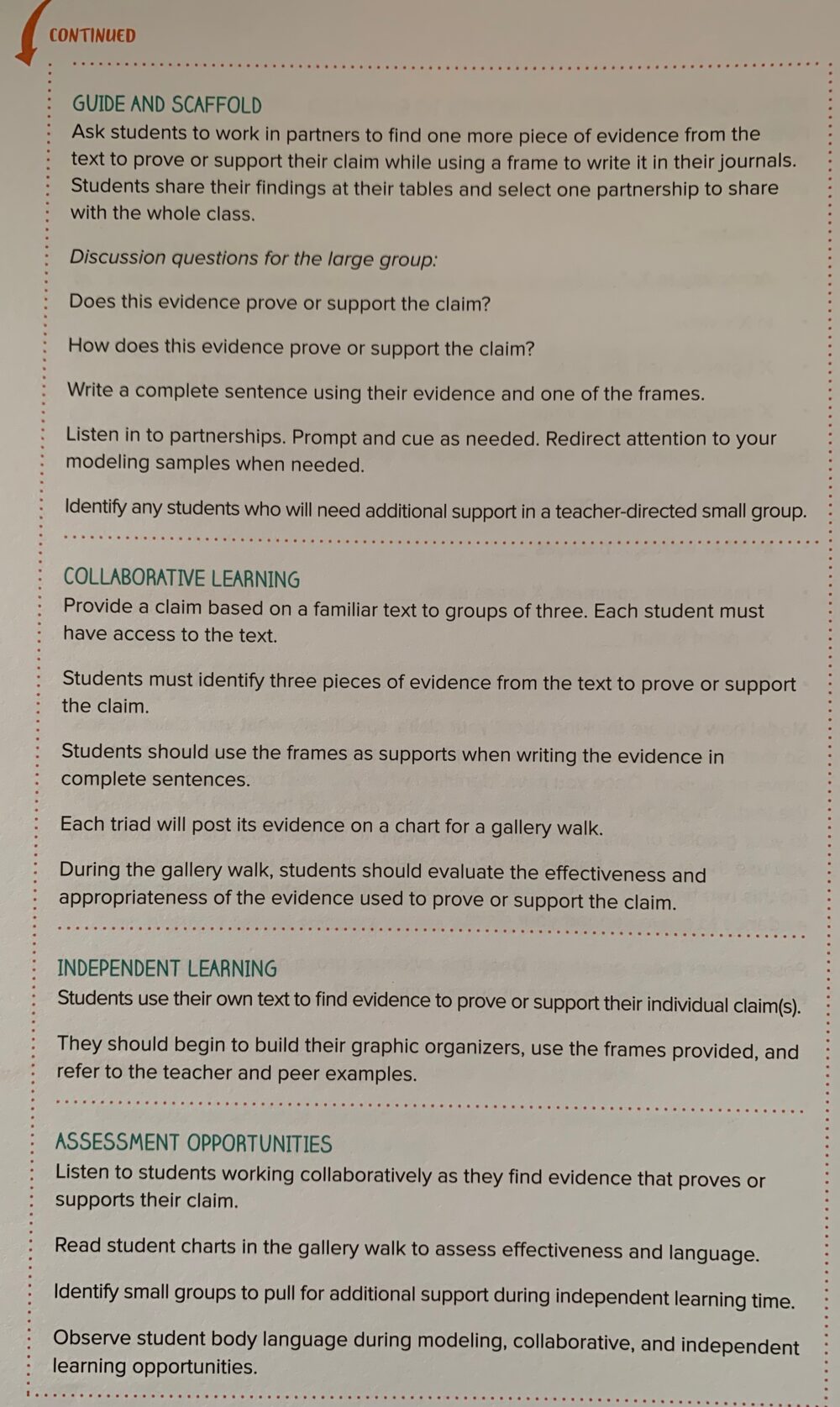
8. Establishing Mastery of the Standards
Summative assessments include end-of-unit and end-of-course tests, projects, writing assignments, and performance tasks. Summative assessments are important because they provide a measure of student performance against an exemplar – the standard.
To develop a sound summative assessment that effectively measures the standard, teachers should return to the elements used to design the instruction in the first place: concepts and skills, learning progressions, learning intentions, success criteria, and relevance.
